Having a good pair of Sunglasses is essential on the water. Sun can damage your eyes, and glare off the water makes it difficult to distinguish features, be it wind or what lies below the surface.
It is difficult to know which pair of sunglasses are best for you, so we have put together a list of details you should consider.
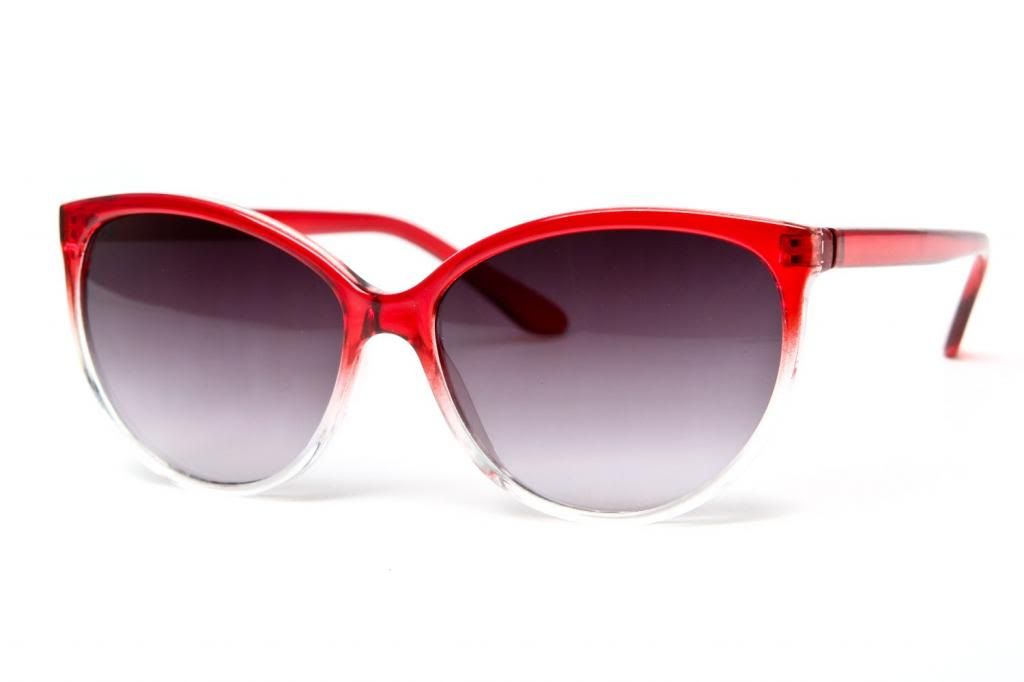
Sunglass Features
UV protection against UVA & UVB rays
Polarized lens reduces glare off water, the best boating sunglasses are polarized
Lens Material are made from glass or plastic materials
Lens tints filter out enough of the right kind of light to reduce brightness
Lens coatings, Mirrored coatings reflect glare but are prone to scratching
Frame designs and materials help keep sunglasses in place
Fit & Feel, Sunglasses should hold in place, but not pinch or rub
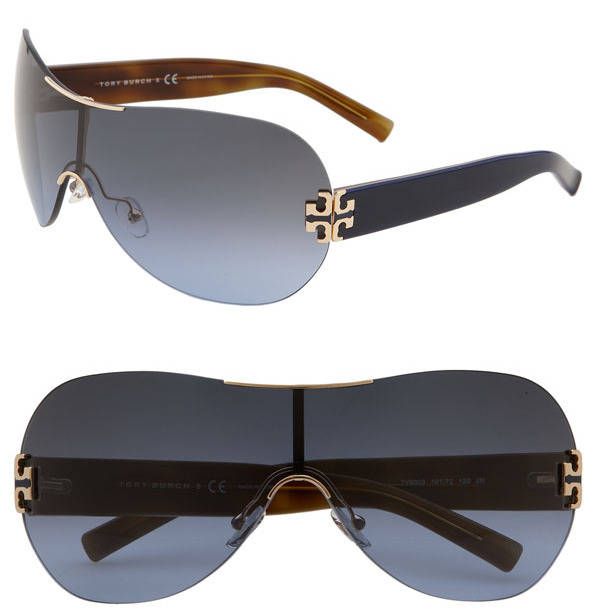
UV protection
The FDA, the government agency that oversees sunglass manufacture and sales in the U.S., recommends you look for sunglasses with lenses that block 99-100% of UVA and UVB radiation. The label should read either UV 400 or 100% UV protection.
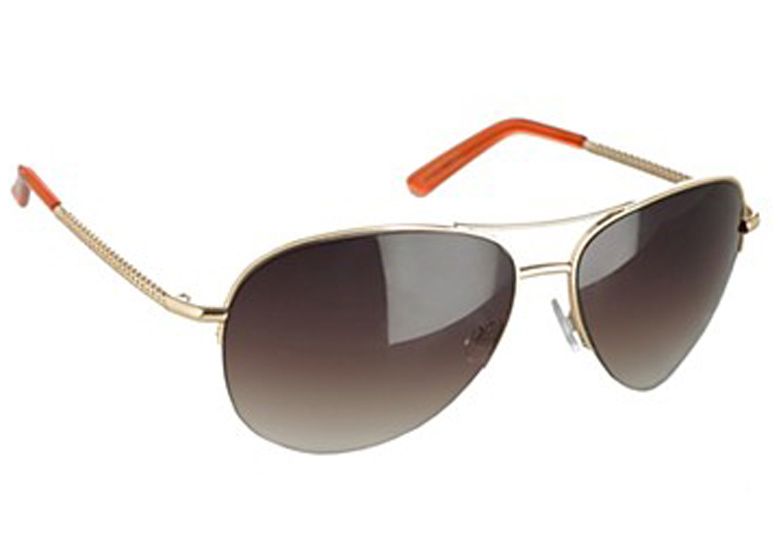 wholesale sunglasses
wholesale sunglasses
Polarized Lenses
Polarized lenses are essential on the water to block glare from interfering with your vision. Light striking flat surfaces, such as water, or snow, is reflected perpendicular to that surface. Polarized lenses block all this vertical light. Polarized lenses enable you to read the water surface plus see what lies below the surface.
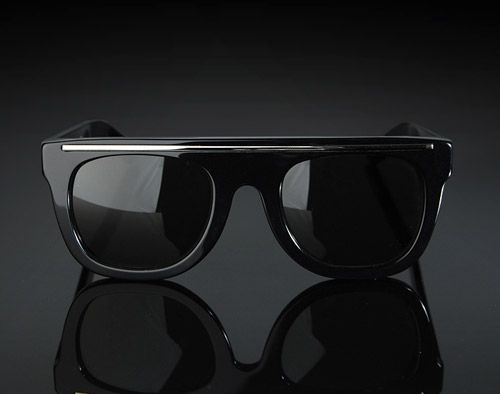 wholesale sunglasses
wholesale sunglasses
Lens Materials
Acrylic lenses are the cheapest. They certainly do not have the optics of glass lenses, but they may do for many applications. Example; Gill
Polycarbonate lenses are the lightest, and are also almost shatterproof. Polycarbonate lenses vary in price from cheap to the most expensive, due to the coatings which improve optics. Example Baby banz, Switch Vision
CR-39 A plastic used mostly in prescription-grade lenses. CR-39 is the most common plastic lens, due to low weight, high scratch resistance, and low transparency for ultraviolet and infrared radiation. Example, Costa del Mar
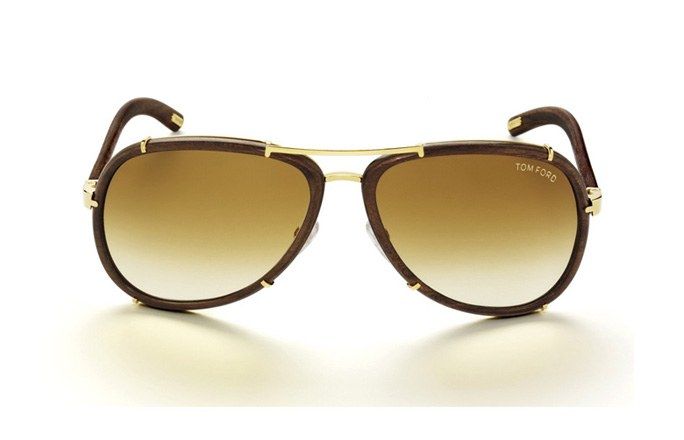
SR-91 Kaenons proprietary lens combines the superior optical quality of the finest glass and the lightest weight, strength and impact resistance of polycarbonate. Examples; Kaenon
Optical Glass gives the best optics and scratch resistance. Optical Glass Lenses are ground and polished to the exact thickness of the lens to assure a distortion-free lens. Glass lenses are expensive and can shatter. Examples; Maui Jims, Costa del Mar
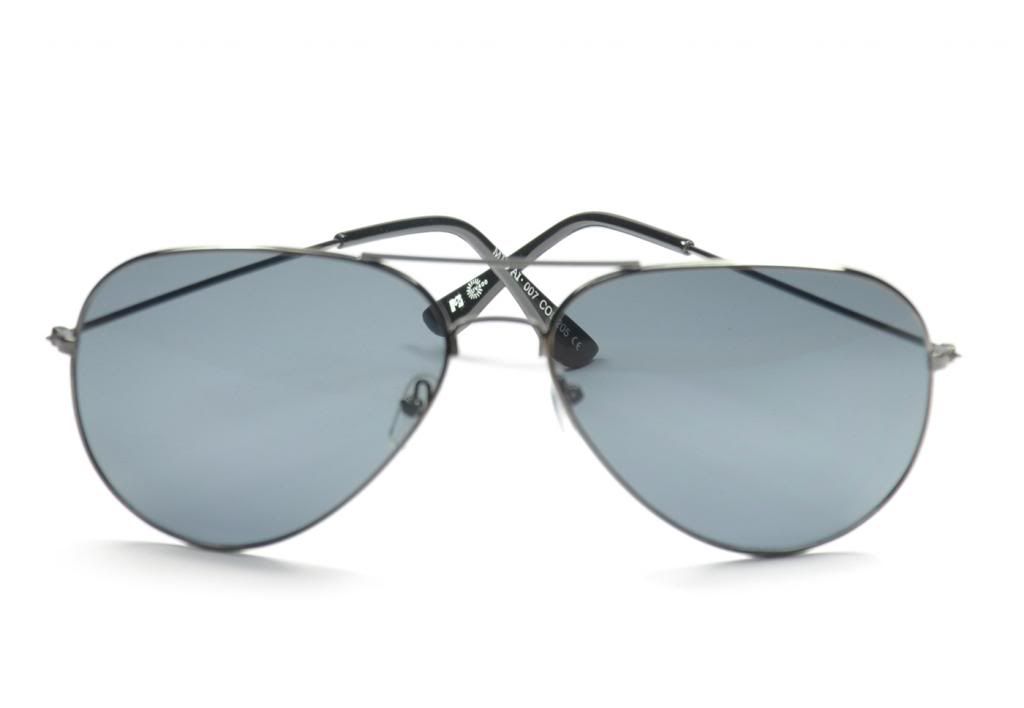 wholesale sunglasses
wholesale sunglasses
Photochromic lenses provide unique climatic management technology, getting dark from low to high light transmission within few seconds; Polarized Photochromic enhance contrast and depth perception while providing unparalleled eye protection. Examples; Rudy Project
Light Absorbtion
CR-39R plastic lenses absorb about 88 % of UV light
Polycarbonate lenses, absorb 100 % of UV light
Visible light transmission
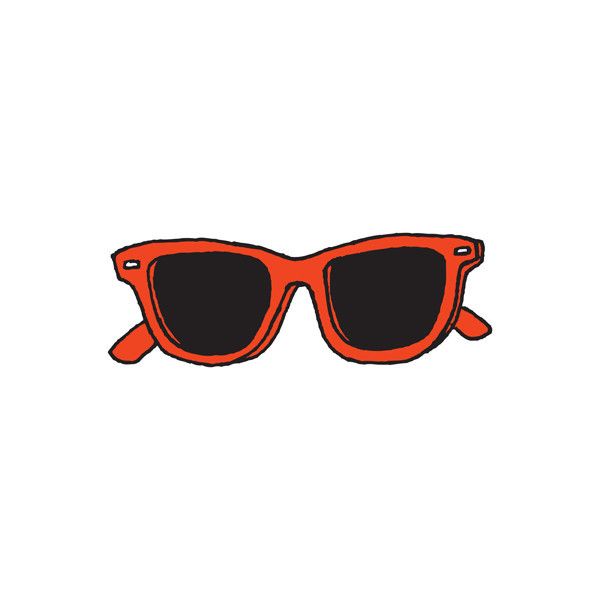
The amount of light passing through a lens is called visible light transmission. For boating, visible light transmission should fall in the 15-30 percent range. On bright days, you want the lowest % of total available light ie darker lenses.
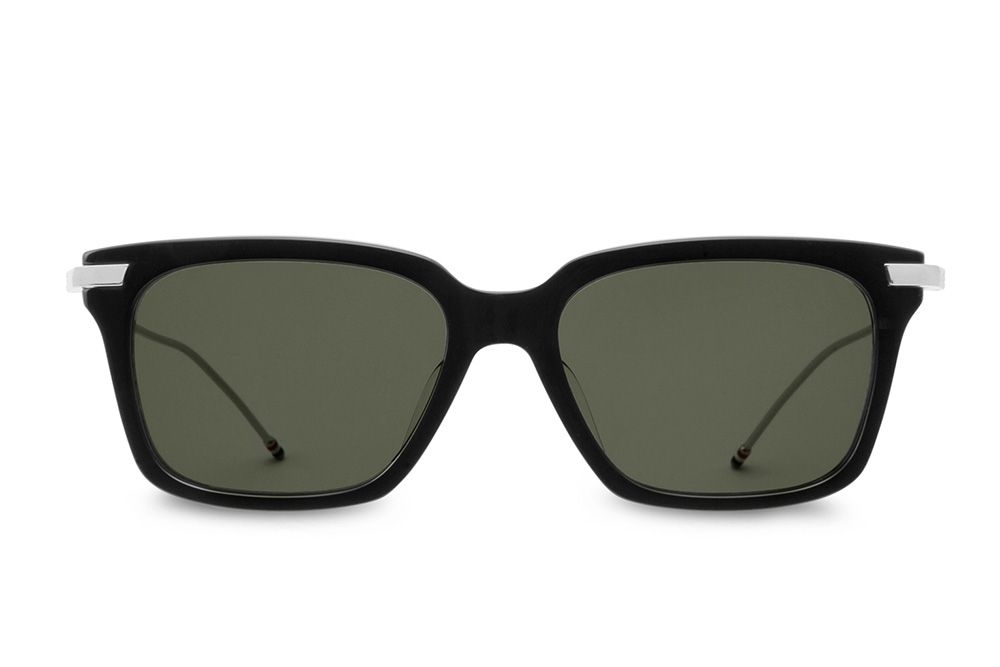
Lens Tints
Tints filter out enough of the right kind of light to reduce brightness without eliminating what you need to see. Reflective coatings reflect the color wavelength.
Early morning, dusk or overcast conditions. With less ambient light outside you need more light coming through the lens to your eyes and a way to enhance the details. Think about Photochromic, light adjusting lenses that will adjust as the day lightens or darkens. Interchangeable lenses will allow a wider variety of light conditions.
Mid-day, cloudless and full sunlight days. Bright sun conditions mean lots of glare and you need a way to block the light and eliminate glare without losing the details. Mirrored coatings will help cut the glare. Interchangeable lenses will allow you to quickly adapt to changing light conditions.

Tint and color
Solid Tinted Lenses; are evenly tinted across the entire lens to cut glare.
Gradient Tinted Lenses; are darker at the top and lighter at the bottom to cut overheard glare.
Double Gradient Lenses; are darker at the top and bottom and lighter in the center to cut overhead and reflected glare from the ground.
Brown/Amber/Copper Lenses; These colors filter blue light, making them a natural choice for outdoor sports lovers; golfing, water and snow sports. Because of their contrast sharpening and anti-glare properties, brown-tinted lenses can also improve visibility while driving.
Gray/Green-Gray Lenses; allow the wearer to see outside colors as they naturally appear. These neutral tones are a popular choice and improve contrast, visibility, and depth perception.
Yellow/Rose Lenses; neutralize blue light. This increases contrast, making objects look sharper on hazy or cloudy days. Red tints enhance color contrast and may improve visibility while driving. Some people prefer rose tints for comfortable prolonged wear.
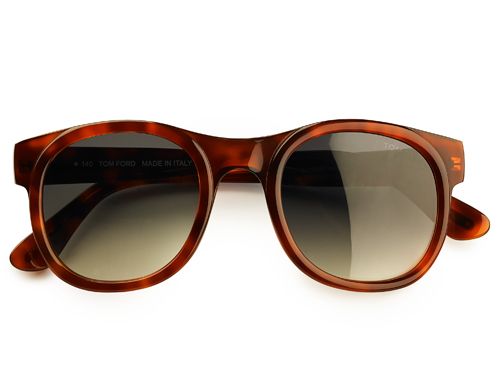
Interchangeable lenses
Interchangeable lenses; many sports-optimized sunglasses have interchangeable lens options. Lenses can be easily removed and swapped for a different colored lenses. Switch vision make lenses and frames with magnets to aid the switching of lenses. The powerful magnets pull the lens into place which makes changing much easier.
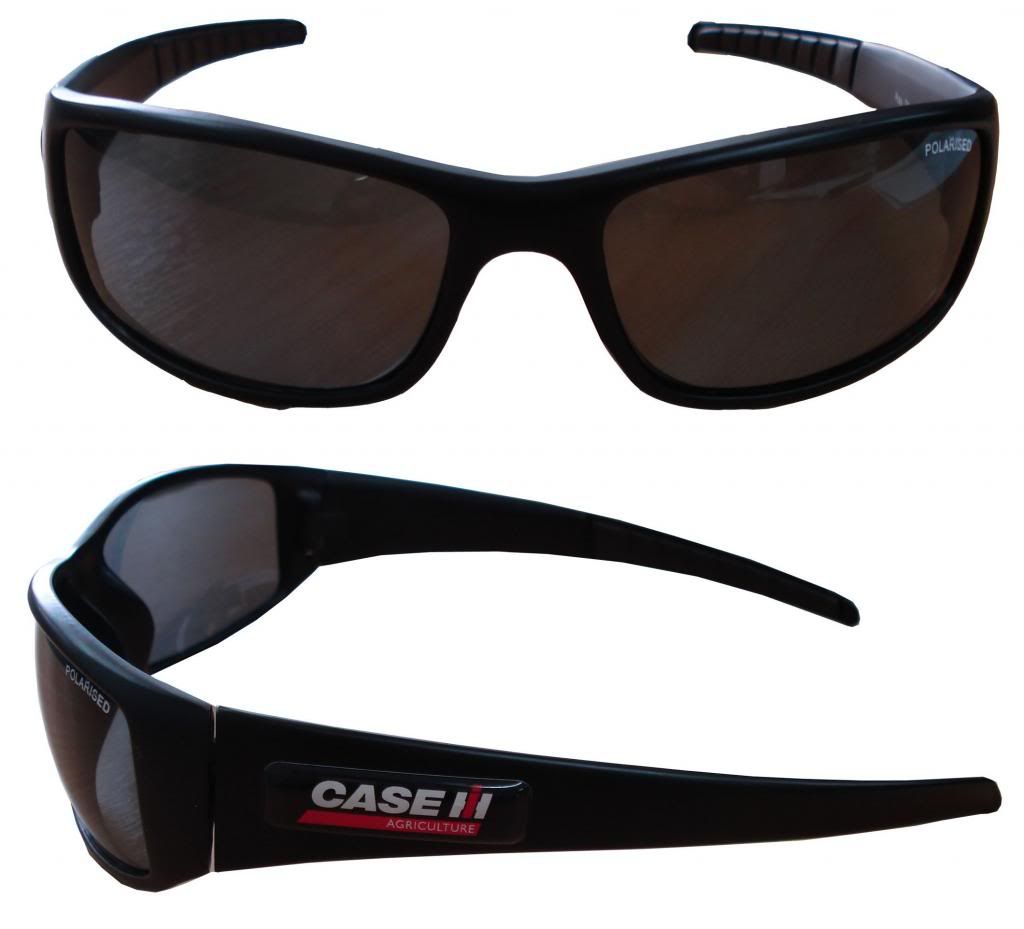
Lens Coatings
Lens coatings can dramatically increase the quality of a lens.
Mirrored coatings reflect glare but are prone to scratching
Scratch resistant coatings
Anti fog coatings
Hydrophobic coatings repel water
Frame material
Nylon frames are usually best because they are lightweight and flexible. They can bend and return to their original shape instead of breaking when pressure is applied to them.
When testing sunglasses look to see if the sides and nose have the required grip. Where the frame sits on the temple is where you get the grip. Many manufacturers use special rubber materials that actually increase grip in humid conditions. Look for a frame that has a large contact area on the temple.
Costa Del Mar Turbine & Fathom frames use Hydrolite, a rubberized composite combined with an advanced nylon material to produce a frame that is extremely comfortable and really grips the head. Rudy project use a hypoallergenic Megol material.
The bridge of the nose is the second place where sunglasses provide their grip. I have used sunglasses that used to slide around when it was hot and sweaty, in this case the nose piece was smooth plastic. Look for a grippier material for the nose.
Frame style
Wrap around sunglasses and frames that fit close to the head are best. Boating is an activity sport so, sunglasses that stay in place are more important than style. By hugging the face closely on all edges, wrap-around do a great job of blocking light and wind from entering at any angle.
Fisherman style glasses have small side lenses to block light from entering outside the normal range of vision.
Sea Specs have a permanent built in strap. These glasses are perfect for active water sports where you need to make sure your sunglasses stay put.




 wholesale sunglasses
Lens Materials
Acrylic lenses are the cheapest. They certainly do not have the optics of glass lenses, but they may do for many applications. Example; Gill
Polycarbonate lenses are the lightest, and are also almost shatterproof. Polycarbonate lenses vary in price from cheap to the most expensive, due to the coatings which improve optics. Example Baby banz, Switch Vision
CR-39 A plastic used mostly in prescription-grade lenses. CR-39 is the most common plastic lens, due to low weight, high scratch resistance, and low transparency for ultraviolet and infrared radiation. Example, Costa del Mar
wholesale sunglasses
Lens Materials
Acrylic lenses are the cheapest. They certainly do not have the optics of glass lenses, but they may do for many applications. Example; Gill
Polycarbonate lenses are the lightest, and are also almost shatterproof. Polycarbonate lenses vary in price from cheap to the most expensive, due to the coatings which improve optics. Example Baby banz, Switch Vision
CR-39 A plastic used mostly in prescription-grade lenses. CR-39 is the most common plastic lens, due to low weight, high scratch resistance, and low transparency for ultraviolet and infrared radiation. Example, Costa del Mar

 wholesale sunglasses
Photochromic lenses provide unique climatic management technology, getting dark from low to high light transmission within few seconds; Polarized Photochromic enhance contrast and depth perception while providing unparalleled eye protection. Examples; Rudy Project
Light Absorbtion
CR-39R plastic lenses absorb about 88 % of UV light
Polycarbonate lenses, absorb 100 % of UV light
Visible light transmission
wholesale sunglasses
Photochromic lenses provide unique climatic management technology, getting dark from low to high light transmission within few seconds; Polarized Photochromic enhance contrast and depth perception while providing unparalleled eye protection. Examples; Rudy Project
Light Absorbtion
CR-39R plastic lenses absorb about 88 % of UV light
Polycarbonate lenses, absorb 100 % of UV light
Visible light transmission







No comments:
Post a Comment